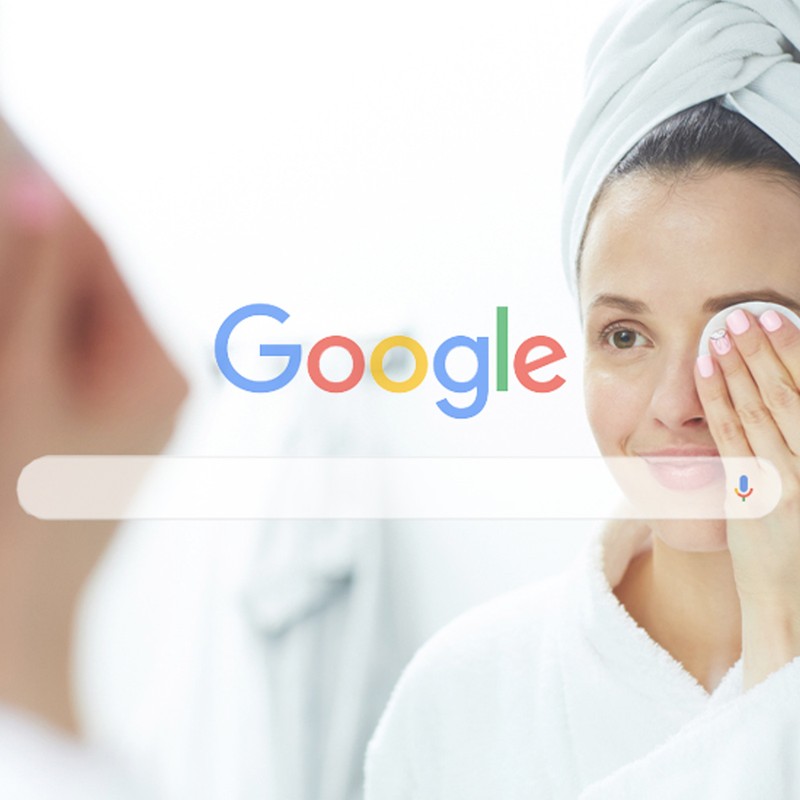Google’s Top Skincare Questions, Answered By An Expert
How Can You Get Rid Of Stretch Marks?
Stretch marks happen when your body grows quickly, for example through growth spurts, pregnancy or weight gain. When the skin is quickly stretched, fractures in the collagen occur deep within the connected tissue of the dermis, resulting in the long, thin, rippled marks we have a love-hate relationship with. Sometimes called stria, stretchmarks can first appear as red, before turning in to a less noticeable silvery appearance. Although the underlying problem of the fractured collagen cannot be corrected by a cream, using one when the stretch marks are still red will help to speed up this colour change making them less noticeable. If you have got residual stretch marks that aren't improving and the redness remains, you can consider a treatment such as IPL (intense pulse light) that will promote collagen and reduce redness. Generally speaking, stretch marks do tend to fade on their own over time.
TRY: Botanico Videa Omega Oil; Kit & Kin Stretch Mark Oil; Beauty Bio The Sculptor
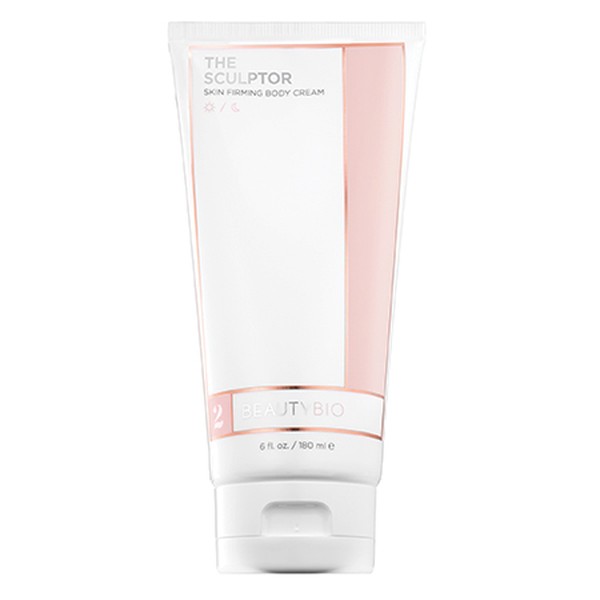
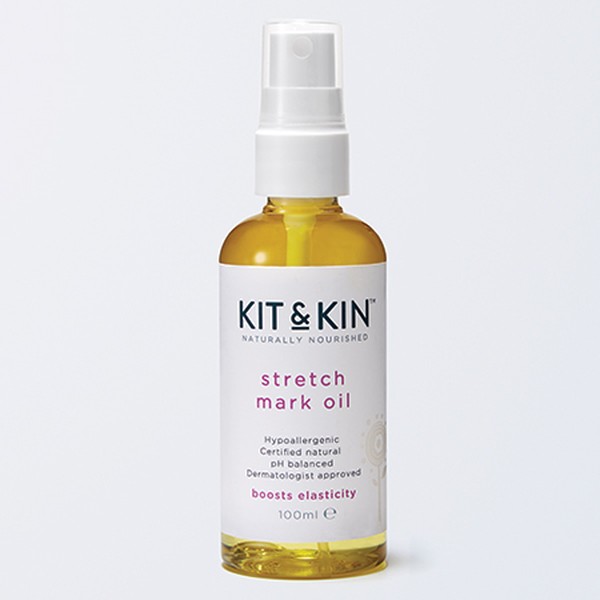
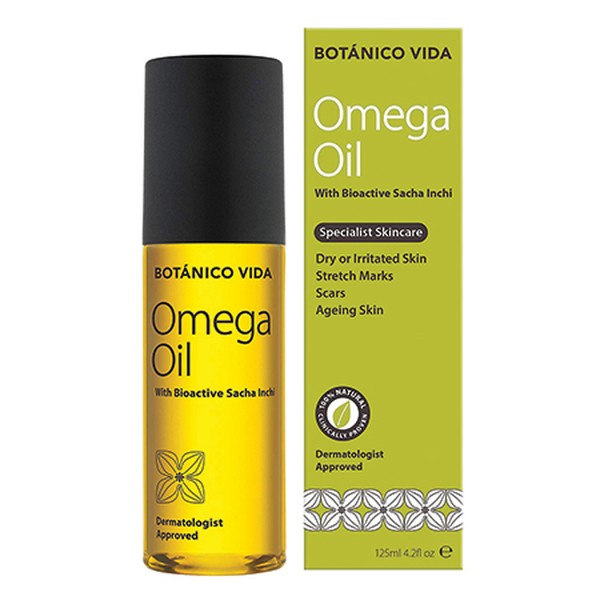
Are Freckles Ever Dangerous?
Freckles are small brown spots on the skin, often in areas that receive high volumes of sun exposure. They form due to overproduction of melanin, the pigment that gives skin its colour. Freckles can appear on anyone that doesn’t protect themselves with SPF from UV rays. Protecting the skin from sunlight will not reduce the appearance of existing freckles, but it can prevent new freckles from forming. As for those with genetic freckles (ephelides), these are always harmless and are a genetic condition that’s especially common in fair-skinned Celtic children. People with many ephelides have at least one copy of a variant MC1R gene, which is the same variant that causes red hair.
Can You Minimise Pores?
The excess of sebum, stress, smoking, and environmental pollution all contribute to expansion and deformation of skin pores. When pores get clogged, it creates a pile-up of oil and dead skin cells in the follicle. Soon, bacteria make their way to the blockage, and the growth in bacteria causes inflammation. The first step is a regular exfoliation using either enzyme peels, dermabrasion, or salicylic, glycolic or lactic acid-based peels, depending on the skin type. The second step is to control the sebum production by using cosmeceuticals based on salicylic acid or retinol. It is also possible to use retinol alternatives, such as Avocutine-based products or toners and moisturisers rich in vitamin B3 (Niacinamide), Green Tea, Chamomille, Calendula officinalis, and other plants extracts. The third and final step is pore reduction. Use astringent agents that can reduce pores, such as Agaric acid. It is quite a rare ingredient as it is difficult to obtain, however it is very effective and helps to protect the skin from air pollution.
TRY: Dr. Jart+ Dermaclear Micro Milk Peel; E.L.F Superhydrate Moisturiser; Bioderma Sebium Pore Refiner

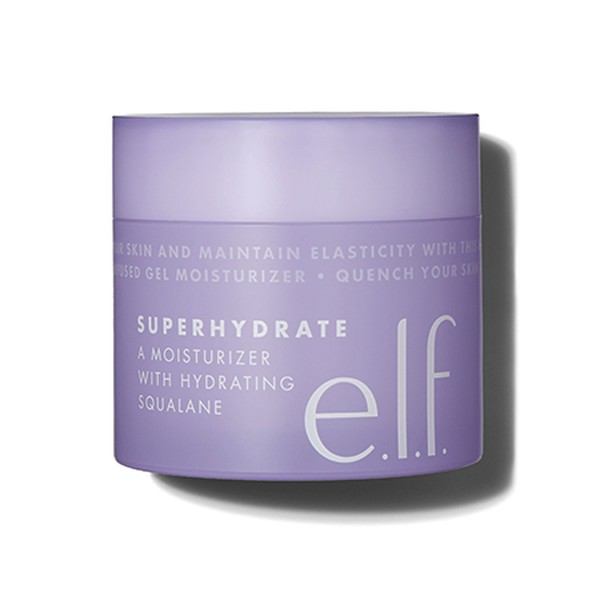
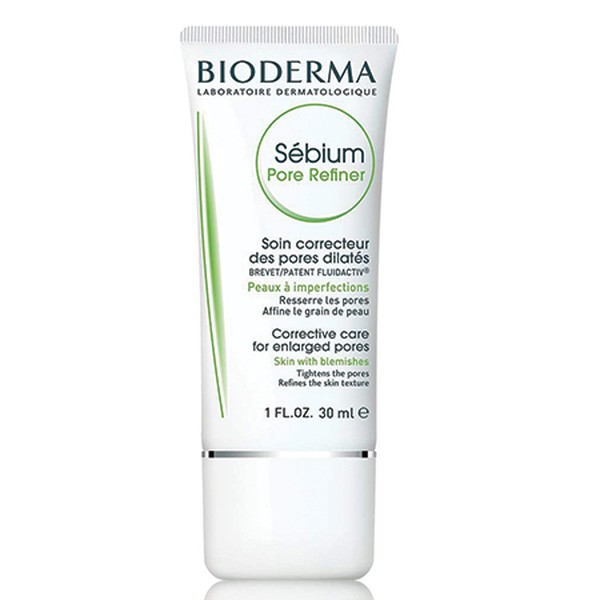
What Is Hydrocortisone?
Hydrocortisone creams, ointments and lotions contain a type of medicine known as a corticosteroid or 'steroid' – that’s powerful hormones, produced by the human body daily. Typically used to treat swelling, itching and irritation, products containing hydrocortisone come in different strengths and can help with skin problems such as eczema, psoriasis and contact dermatitis. If you buy hydrocortisone cream from a pharmacy or shop, don't use it for longer than a week and never put hydrocortisone skin creams on your face without your doctor’s guidance as it can make some skin conditions such as impetigo, rosacea and acne worse.
What Can You Do To Treat Acne?
The gold standard of acne treatment is now a dermatological guideline based on severity of the acne condition. It starts with acids-based skin care, then intensifies with retinol and derivatives, until the systemic use of retinol or/and antibiotics if needed. Nowadays a new concept of acne treatment is developing based on research into the skin microbiome. Machine-based therapy is also effective at treating acne and is now largely used as a treatment. IPL, photodynamic laser therapy, and light (LED)-therapy help to obtain results easier and quicker.
TRY: Light Therapy at Deesse Pro, IPL Acne Control at London Laser Clinic, Photodynamic Therapy at Sk:n Clinics
How Can You Get Rid Of Wrinkles, If At All?
Fine lines are natural part of growing older but if your skin is prematurely ageing and your confidence is being affected, you can take steps to lessen their appearance. Your options – topical creams, injectables or lasers. It all depends on your budget, patience and pain tolerance.
What’s The Best Way To Use A Derma Roller?
Derma-rolling, a form of micro-needling, involves using a mini wheel covered with hundreds of tiny needles to gently prick the face. A professional treatment delivered by an experienced aesthetician can help promote collagen and improve skin texture. However, the depth of needle required to create the micro pathways, isn’t possible with an at-home derma roller. Infact, the risks far outweigh the benefit. They can spread bacteria if not cleaned carefully, and aggravate eczema, psoriasis and acne. Derma-rolling doesn’t mix well with a retinol regime and people with darker skin tones may experience more hyperpigmentation after derma-rolling. The evidence that at-home derma-rolling allows for better absorption of other products is questionable. It’s safer and simpler to use a physical or chemical exfoliant once or twice a week and leave the tools to the pros.
TRY: Glossier Solution Exfoliating Skin Perfector; iS Clinical Tri-Active Exfoliating Masque; The Ordinary Glycolic Acid Toning Solution
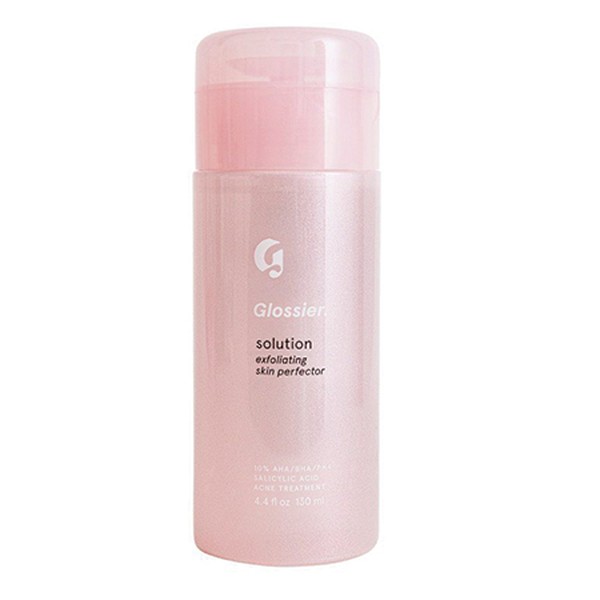
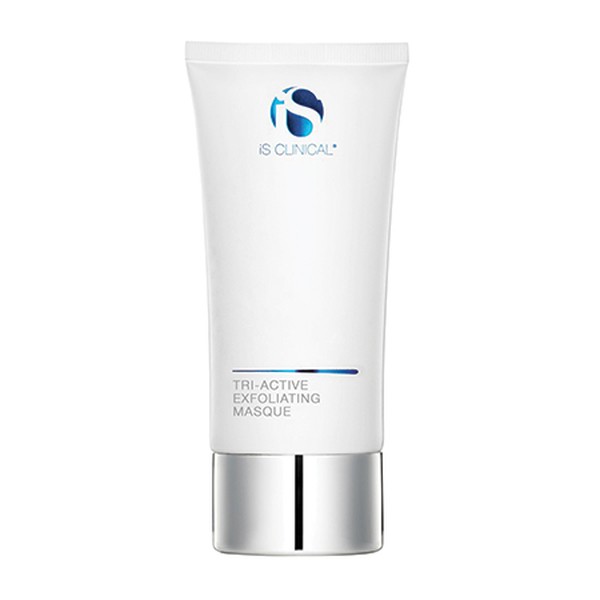
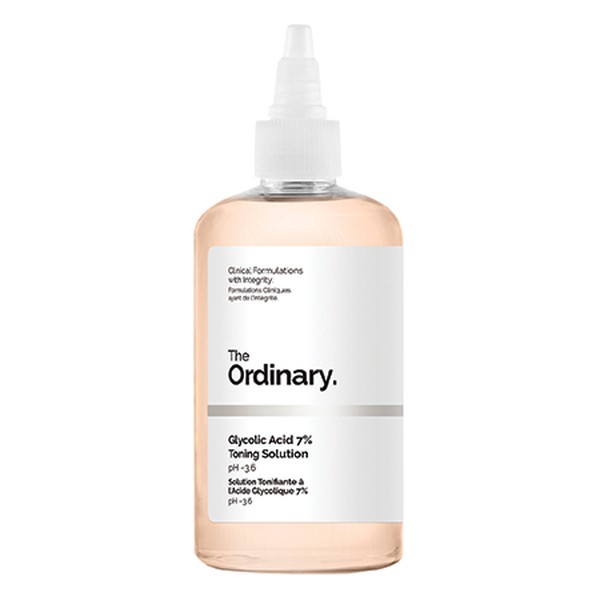
Are There Any Fast Fixes For Curing Sunburn?
You can’t ‘cure’ sunburn, but if you recognise the signs of excessive sun exposure you can minimise the discomfort associated with it. If you’ve skipped the SPF and burned your skin in the sun, cover up the affected areas and stay in the shade. Cool your skin with a tepid shower or damp towel and apply an after-sun cream to soothe and reduce inflamed skin. Look out for ingredients such as aloe vera, which is packed with the amino acids essential for helping skin repair itself, and niacinamide, a relative new beauty ingredient responsible for repairing cellular damage caused by sun exposure. Lastly drink plenty of water to prevent dehydration and take paracetamol or ibuprofen for any pain.
TRY: Crabtree & Evelyn Silky Body Lotion; The Body Shop Aloe Soothing Body Butter; Aesop Resolute Hydrating Body Balm
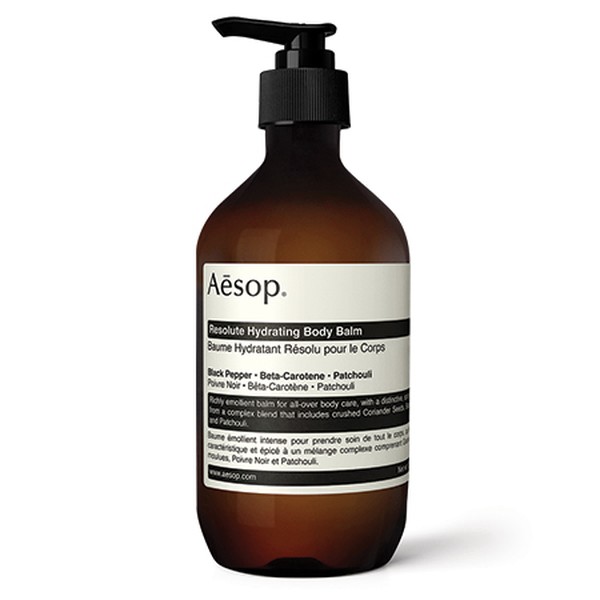
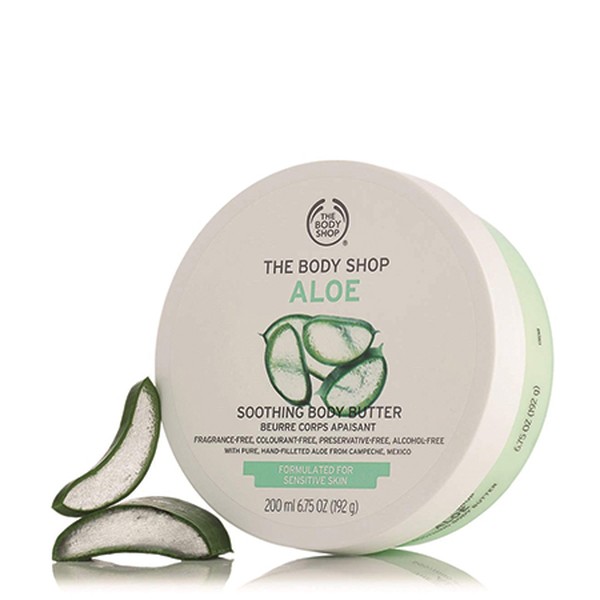
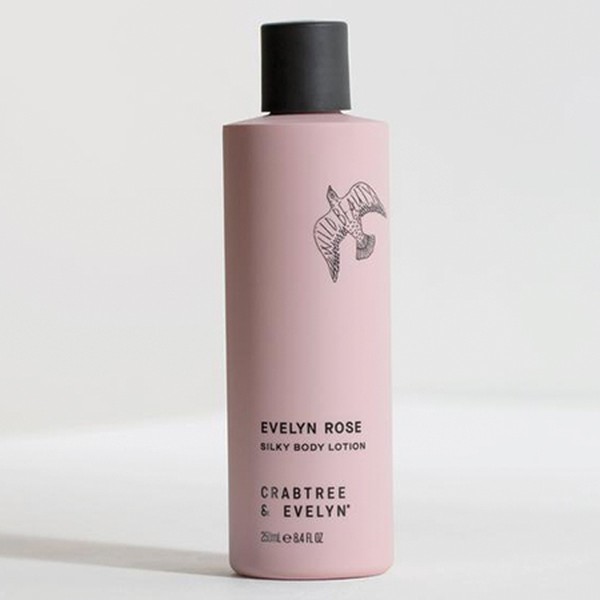
What Exactly Is Rosacea?
Rosacea is a widespread but misunderstood condition relating to the hyper-responsiveness of blood vessels on the face. Rosacea tends to affect the cheeks, forehead, chin and nose, and is characterised by persistent redness caused by dilated blood vessels, small bumps and pus-filled spots, similar to acne. There are a variety of triggers that may make rosacea worse. These include alcohol, exercise, high and low temperatures, hot drinks, spicy foods and sun exposure. A combination of oral antibiotics and skincare with anti-inflammatory properties will help treat the condition.
Is It True You Can Tan Through Fake Tan?
If you apply ‘fake’, self-tan products, it's important to remember that they don’t offer any protection from the sun, so you will naturally tan in the same way you would normally. To reduce the risk of sun damage it is essential that to apply sunscreen over the top of any fake tan, with the correct level of SPF for your skin type. Excessive exposure to UVA and UVB rays can lead to skin pigmentation, premature ageing and wrinkling (photo-ageing), and suppression of the immune system. It is also important to note that self-tanning lotions based on DHA (dihydroxyacetone) can make skin more sensitive to sun exposure. So, it is better to avoid self-tan products in the week leading up to a hot holiday, for example.
DISCLAIMER: We endeavour to always credit the correct original source of every image we use. If you think a credit may be incorrect, please contact us at info@sheerluxe.com.
